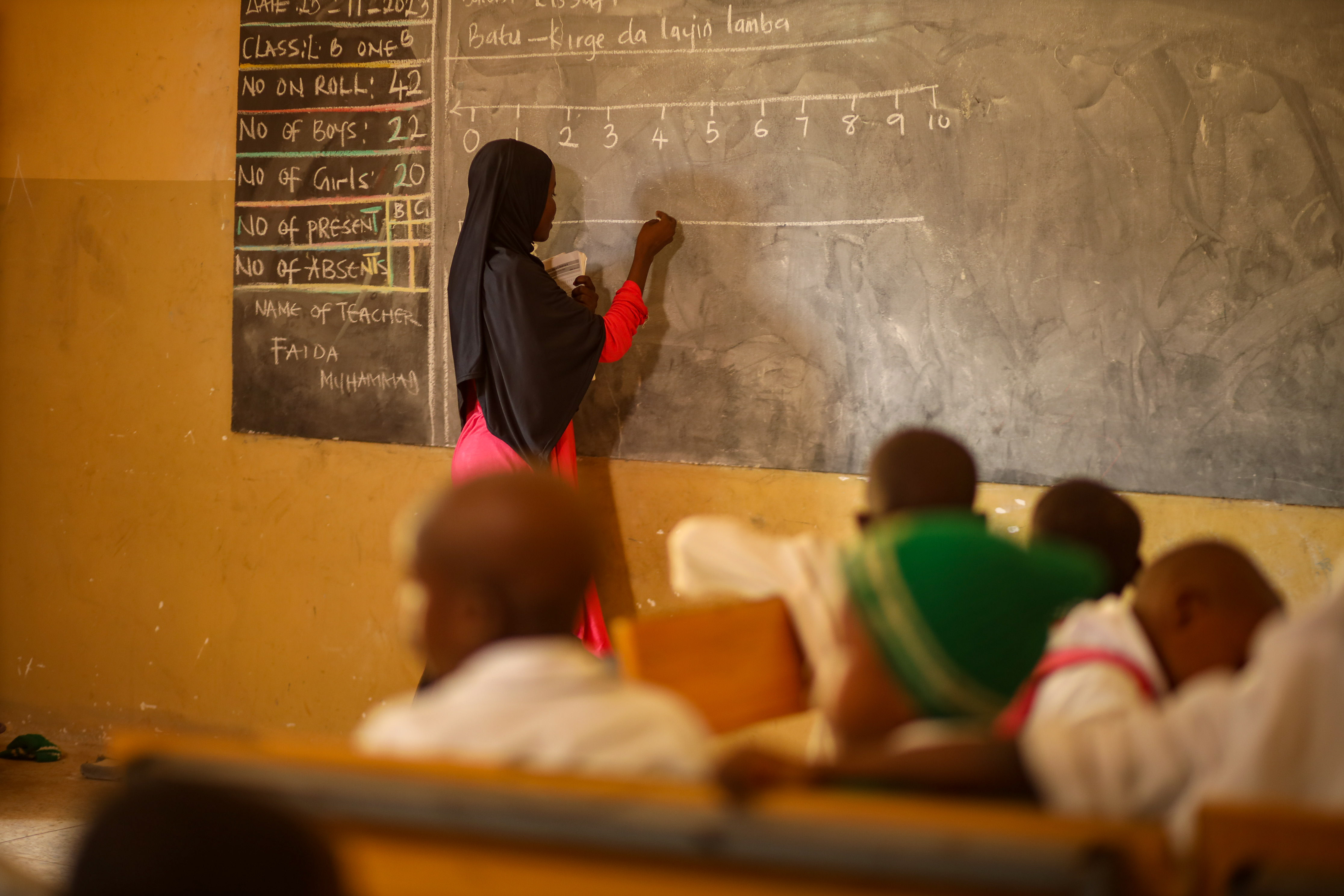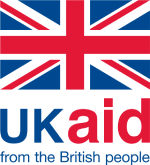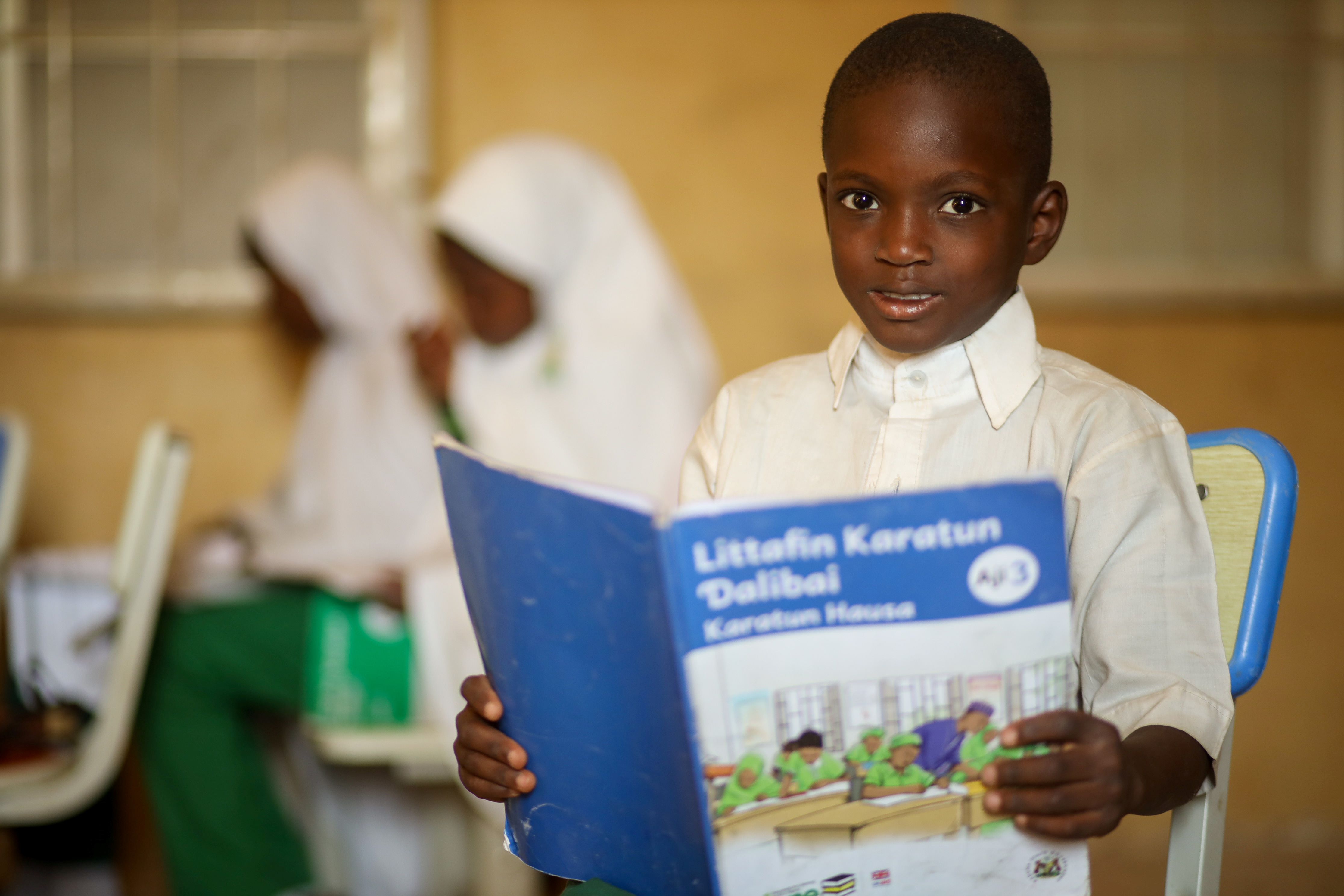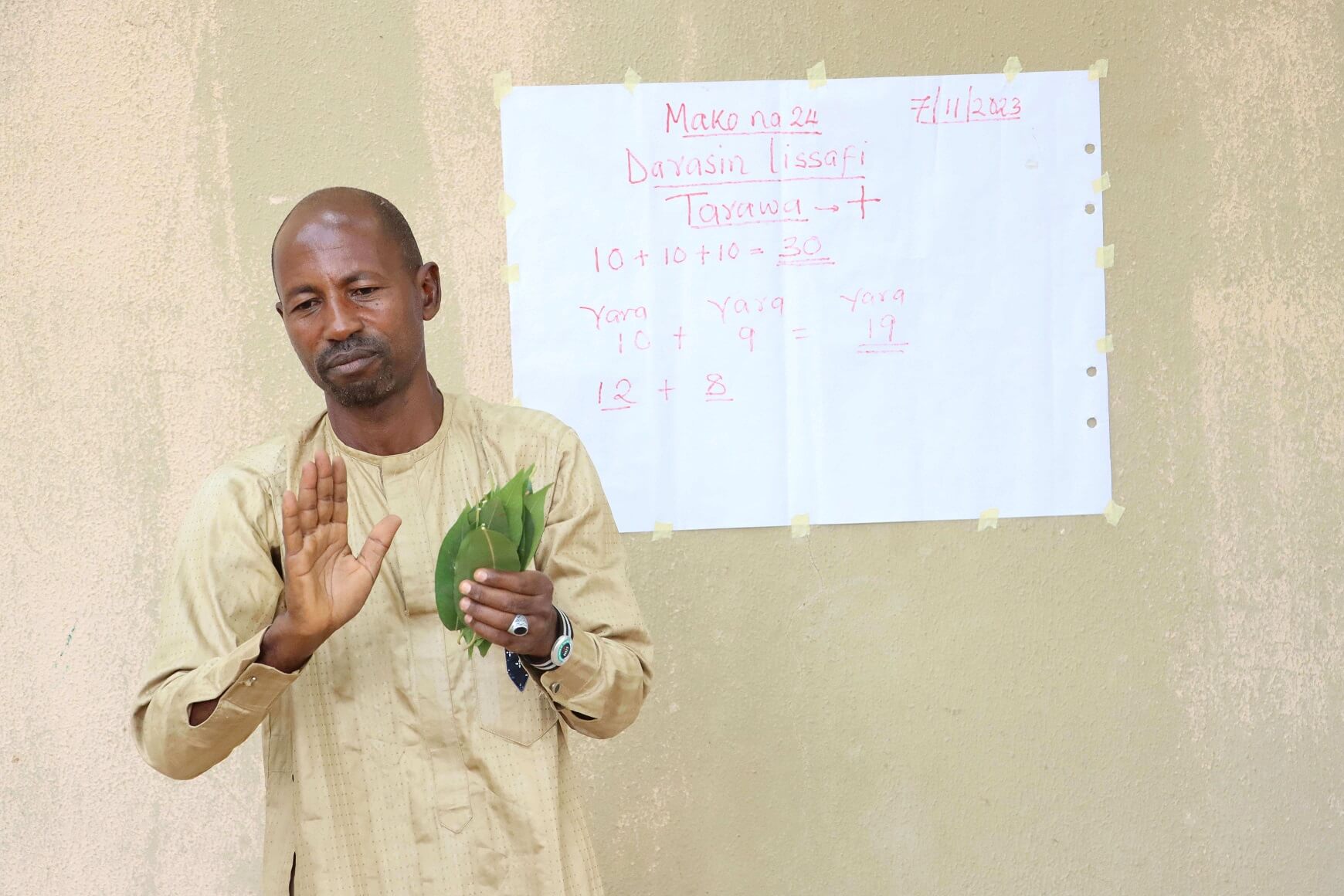Why Nigeria must focus on female teachers

Over the years, the Nigerian government with support from international donor programmes have made concerted efforts to bridge the gender gap in education through the use of different strategies which include the United Nations Universal Declaration of Human Right Act of 1948; the Nigerian Child Rights Act of 2003 that provides an opportunity for pregnant girls and breastfeeding learners to continue their education in fulfilment of the provisions of the Basic Education Act in 2004; the establishment of Education for All Goals (EFA), Sustainable Development Goals (SDGs), among others. These declarations have helped to create the platform for all present-day Nigerian girls to have better educational opportunities than their mothers.
However, recent statistics still show that despite noticeable improvement in female enrolment in the country, girls are still left behind in the formal education system, particularly in the northern and southern regions of Nigeria. Some of the main barriers to inclusion and equality for achieving girls’ education in Nigeria have been identified as poverty, insecurity, safety risks of travelling to school, experiences of sexual exploitation, abuse and harassment (SEAH [1]) within school environments, harmful social and cultural gender norms , religious misconception, infrastructural deficits, water, sanitation and hygiene (WASH) issues, teenage pregnancy, early marriage, child labour, household duties, insufficient learning time and lack of female teachers.
Nigeria’s northern rural regions suffer acute shortages of both female teachers and female pupils. UNICEF estimates that over half of all girls are not in school in the north, while under a third of all primary school teachers are women.
PLANE’s GESI Strategy
PLANE works on basic education across state and non-state education systems with a focus on greater inclusion and safer access to school for marginalised learners, especially girls. It contributes towards real, transformational change, driving progress and a greater emphasis on safeguarding within the learning environment and supporting improvements in how education is managed and delivered. It will lead to more girls going to school, staying in school and learning more.
The emphasis on gender equality, social inclusion and safeguarding is the right thing to do. These approaches are cross-cutting and have the potential to facilitate transformative change by addressing the root causes of unequal power dynamics that contribute to exclusion and marginalisation of women and girls. The results can be catalytic for vulnerable girls who are at risk of remaining entrenched in a cycle of poverty due to lack of formal education, training and skills. This gender inequality is also a significant driver to sexual exploitation, abuse and harassment (SEAH).
In summary, a GESI strategy for PLANE is not just a requirement; it is a proactive and ethical approach that recognises the diverse needs of the girls and ensures that the project contributes to building a more inclusive, resilient, and equitable education system.The development of minimum standards for the Gender Equality and Social Inclusion (GESI) strategy in PLANE, signifies a commitment to fostering equity and inclusivity in the project. These standards serve as a foundation, providing clear benchmarks and guidelines to ensure that GESI principles are embedded in every aspect of PLANE’s initiatives. These minimum standards ensure that GESI strategy is comprehensive, measurable, and aligned with the overarching goals of promoting gender equality and social inclusion.
How to Recruit using an Inclusion Lens
- Craft job postings using inclusive language that encourages candidates of all genders and backgrounds to apply.
- Provide training for recruitment teams to recognise and mitigate implicit biases. This ensures fair and objective evaluation of candidates regardless of gender or background.
- Implement a gender-neutral application process to minimise potential biases. Use gender-neutral language and avoid asking unnecessary questions related to gender during the initial stages of recruitment.
- Create diverse and inclusive recruitment committees that represent various backgrounds, experiences, and perspectives. This ensures a comprehensive
- evaluation of candidates and reduces the risk of unconscious bias.
- Create a safe and inclusive interview environment. Ensure that interview spaces are accessible, free from discriminatory language, and provide opportunities for candidates to express their unique perspectives and experiences.
- Demonstrate a commitment to gender equality by having diverse leadership. This sends a powerful message about the organisation’s values and priorities.
- Actively engage in community outreach to attract a diverse pool of candidates. Attend events, collaborate with community organisations, and leverage social
- media to reach individuals from various backgrounds.
- Provide benefits that are sensitive to gender-related needs, such as family leave policies and childcare support. Demonstrating a commitment to work-life
- balance is crucial for attracting a diverse workforce.
- Establish clear reporting mechanisms for any incidents of harassment, discrimination, or unsafe practices during the recruitment process. Creating a safe and confidential way for candidates to express concerns confidentially and without a fear of recrimination.
- Ensuring disability inclusive recruitment is embedded into the onboarding process.
- Provide ongoing education and training for staff and teachers on gender sensitivity, inclusion, and creating safe spaces.
Promoting the recruitment of female teachers is not only an essential step towards achieving gender equality, but also contributes to creating a more diverse, inclusive, and enriched educational environment and safer schools for women to teach and for girls to learn. Encouraging the recruitment of female teachers involves recognising the unique contributions
they bring to the profession and addressing barriers that may impede their entry into the field. Representation matters, and having female teachers provides important role models for both male and female students. Female teachers inspire young girls to enroll, stay in school and learn, showing them that they too can excel in any field, including traditionally male-dominated ones. Similarly, male students benefit from exposure to strong, knowledgeable women, breaking down gender stereotypes and promoting respect for diversity. These qualities are instrumental in creating a supportive learning environment where pupils feel safe to express themselves, ask questions, and seek help and report any safeguarding concerns they may be experiencing at school. Effective communication is at the core of successful teaching, and female teachers excel in fostering strong teacher- pupil relationships, especially for girls.
The importance of female teachers in the educational system cannot be overstated. Recognising and valuing the contributions of female educators is not just a matter of gender equality; it is an investment in creating a more enriched, inclusive, and vibrant educational experience for all.
Written by Manjola Kola.




